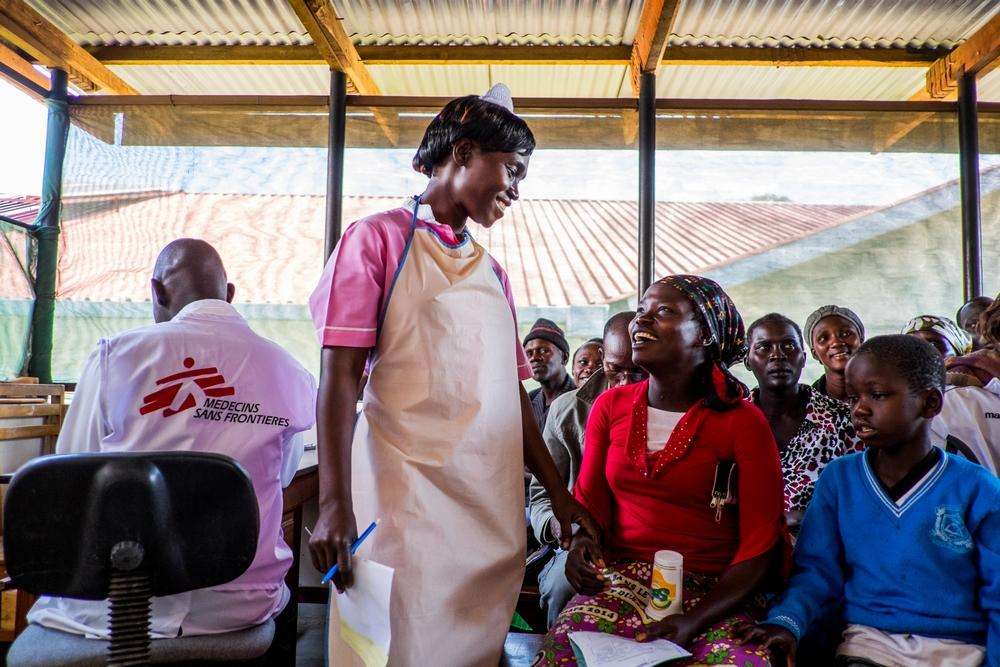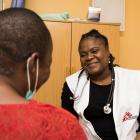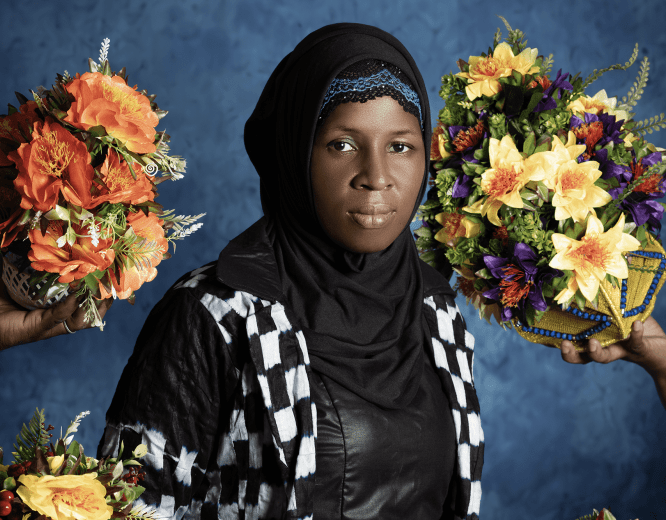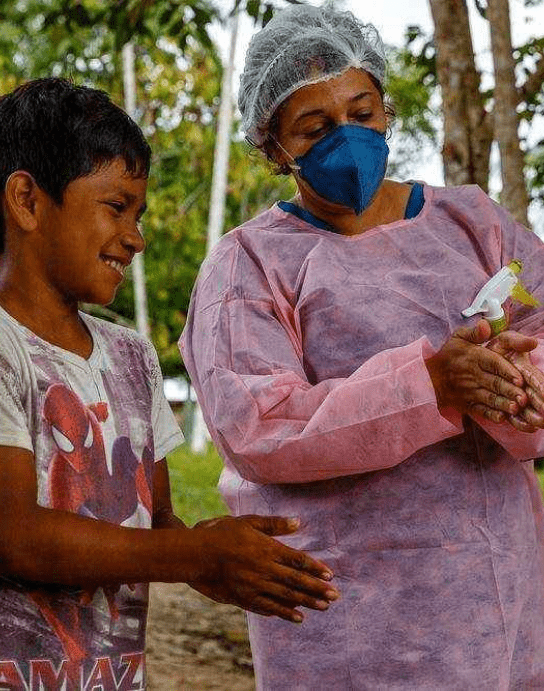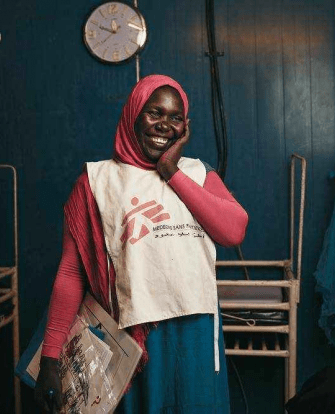According to the World Health Organization, there are 35 million people living with HIV/AIDS worldwide, the majority of them in sub-Saharan Africa.
Nearly 500 children are newly infected with HIV every day. Without treatment, half of all infants with HIV will die before their second birthday.
While there is no cure for HIV/AIDS, treatments are much more successful than they used to be. A combination of drugs, known as antiretrovirals (ARVs), help combat the virus and enable people to live longer, healthier lives without their immune system rapidly declining.
Doctors Without Borders/Médecins Sans Frontières (MSF) HIV/AIDS programs offer HIV testing with pre- and post-test counseling, treatment, and prevention of opportunistic infections, prevention of mother-to-child transmission, and provision of ARVs for people in the late stages of the disease.
Our programs also generally include support to prevention, education, and awareness activities to help people understand how to prevent the spread of the virus.
